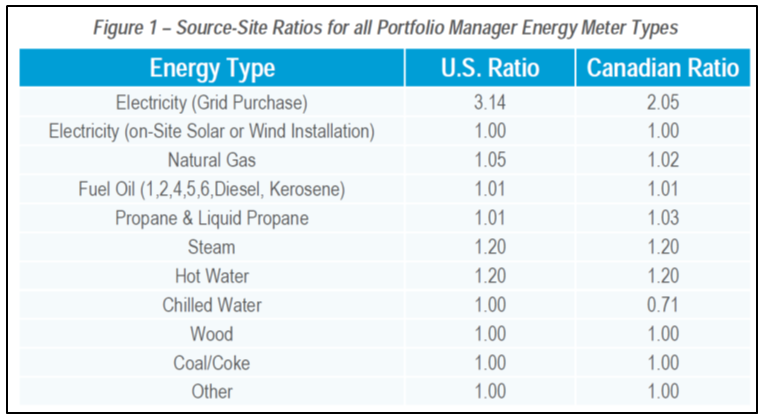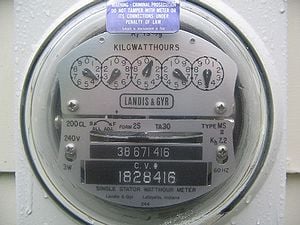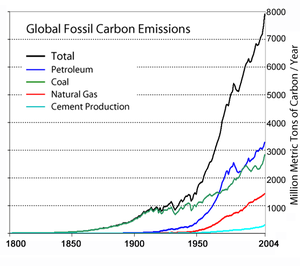Investments in energy efficiency are often evaluated in terms of their relative financial performance. In the realm of building energy efficiency, the relative financial performance of investment alternatives is typically quantified in terms of a simple payback. Simple payback calculations may be helpful for initial screening and ranking of project alternatives, however, they can oversimplify financial evaluation to the point that the best performing alternatives are not properly quantified and identified. Life Cycle Cost (LCC) analyses, in comparison, include a comprehensive examination of all of the costs and savings attributable to the investment.
4 min read
Life Cycle Costing for Building Investments
By Brent Weigel on Feb 26, 2014 5:00:00 AM
Topics: Standards and Metrics Energy Efficiency
2 min read
Deciphering the Term “Energy Manager”
By Eveline Killian on Dec 18, 2013 5:00:00 AM
The job description of an Energy Manager has been quite loose since its inception, because it can mean something different depending on the needs of the recipient and the qualifications of the provider. To date, there are no standardized credentials of an Energy Manager and it is “buyers beware” within the industry. As a building owner or facilities manager, it's difficult to know what level of energy management options there are and what type of professional to hire for the task.
Topics: Public Policy Standards and Metrics
5 min read
Why Are Lighting Energy Standards Decreasing?
By Jennifer Chiodo on Nov 27, 2013 5:00:00 AM
I’m finding that the lighting energy requirements of ASHRAE/IESNA Standard 90.1 are less efficient than standard practice in the field. Standard 90.1 is the “Energy Standard for Buildings Except Low Rise Residential Buildings” and is often used by design professionals as the de facto energy code. The 2013 edition of the Standard has just been released and amazingly, the allowed lighting power density (LPD)1 has increased since 2004 for several common space types, such as private offices, and for multiple building types, including offices and parking garages. Yet, since 2004 the energy efficiency of lighting equipment has improved dramatically. Why is the code going the wrong way?
Topics: Standards and Metrics Energy Efficiency
3 min read
Data Analytics in Energy Use Disaggregation and Energy Efficiency
By Brent Weigel on Sep 11, 2013 6:00:00 AM
You might have noticed that data analytics (i.e., “Big Data”) have been getting a lot of attention lately in the media. “Big Data” is now a common topic of discussion in media outlets covering business and technology ventures. “Big Data” generally refers to the work of corporations like Google and IBM that use large digital data sets of consumer or civil activities to reveal meaningful patterns and relationships that may be exploited. The recent growth of data analytics as a business venture is an outgrowth of increasing amounts and types of digital data, such as Internet search data, cell phone location data, and utility “smart meter” power consumption data. Smart meters now provide the unprecedented capability to collect and analyze real-time electric power consumption data across much of the electric grid. Right now there is considerable interest around using smart meters and data analytics to gain insight into energy efficiency opportunities in residential and commercial buildings.
Topics: Standards and Metrics Energy Efficiency Building Performance & Technology
3 min read
Understanding the EPA’s Energy Star Buildings Energy Use Index
By Ben Fowler on Aug 28, 2013 6:00:00 AM
The Environmental Protection Agency's (EPA) Energy Star program for commercial buildings provides a system for benchmarking buildings across the country, and across different building use types. Buildings can be entered into the system by using the Energy Star’s Portfolio Manager, an online tool that can be used to track and measure energy and water consumption, in addition to associated greenhouse gas emissions.
Topics: Standards and Metrics
3 min read
The Evolving Energy Efficiency Market: Benchmarking
By Jennifer Chiodo on Apr 10, 2013 6:00:00 AM
Energy efficiency programs and program evaluators are working in a market that is changing at an increasingly rapid rate. As governments and professional and green building organizations increase their focus on how buildings impact climate change and the need to drive the market to adopt efficiency at a higher level, they are fostering market change. Rate-payer funded efficiency programs often align well with these initiatives by providing incentives and technical assistance to support customers who have been motivated through these government and market-based initiatives. But the attribution of savings associated with these projects is complex. One example of this is the new energy benchmarking requirements that are rapidly gaining ground nationwide.
Topics: Public Policy Standards and Metrics
3 min read
Building Controls Wisdom from Notes on a Napkin
By Jennifer Chiodo on Jan 23, 2013 5:00:00 AM
I was cleaning my desk today and came across a napkin on which I’d scrawled some notes about why Building Performance Monitoring and Metrics (BPMM) are important and what the end game in developing building efficiency projects should be.
Topics: Standards and Metrics Building Performance & Technology
3 min read
Benchmarking is Good for Everyone
By Jennifer Chiodo on Aug 22, 2012 6:00:00 AM
Benchmarking is on my mind. I've been reviewing the project submissions for the Vermont’s Greenest Buildings Awards and am so impressed by what some teams are achieving in designing and operating energy efficient buildings that use far less than “typical” buildings. The only way we can know how good (or bad) our buildings are is to benchmark them. Benchmarking is a process where we calculate the annual energy intensity (kbtu/sf/yr) – adjusted to reflect weather variations from “normal” which is known as “normalizing” the data for weather. This number is like the building’s miles per gallon and can be used to find out whether the building is an energy sipping hybrid, a typical mid-sized sedan or a guzzling SUV.
Topics: Green Building Standards and Metrics
3 min read
Choosing the Greenest Buildings
By Jennifer Chiodo on Jul 18, 2012 6:00:00 AM
The Vermont Green Building Network (VGBN), the Vermont Chapter of the U.S. Green Building Council (USGBC), recently decided to offer an award to recognize sustainable buildings in Vermont. As a VGBN Board Member, I reached out to peers during the award development process and heard a common theme – we need to recognize buildings that have proven energy performance. People stressed this approach because the owners who are hiring architects, engineers and other consultants often can’t tell which ones have the unique expertise and skills that will result in truly high performance buildings. Many owners perceive all professionals who submit proposals as qualified and they use price as the means for selection.
Topics: Green Building Standards and Metrics
3 min read
What Does a Ton of CO2 Look Like?
By Jennifer Chiodo on Jun 13, 2012 6:00:00 AM
It’s hard to miss statistics about carbon dioxide (CO2) emissions these days. News stories about CO2 emissions have grown in frequency as scientists increasingly sound the alarm that anthropogenic global warming is indeed happening at an accelerated rate, largely due to increased CO2 emissions. For example, a New York Times article in March 2012, “For New Generation of Power Plants, a New Emission Rule From the E.P.A.,” describes new draft standards from the E.P.A. for coal power plant emissions. “The draft rule would limit carbon dioxide emissions from new power plants to 1,000 pounds per megawatt-hour,” writes the author. One thousand pounds of carbon dioxide. But what does that look like? Even for engineers, it’s difficult to visualize.










